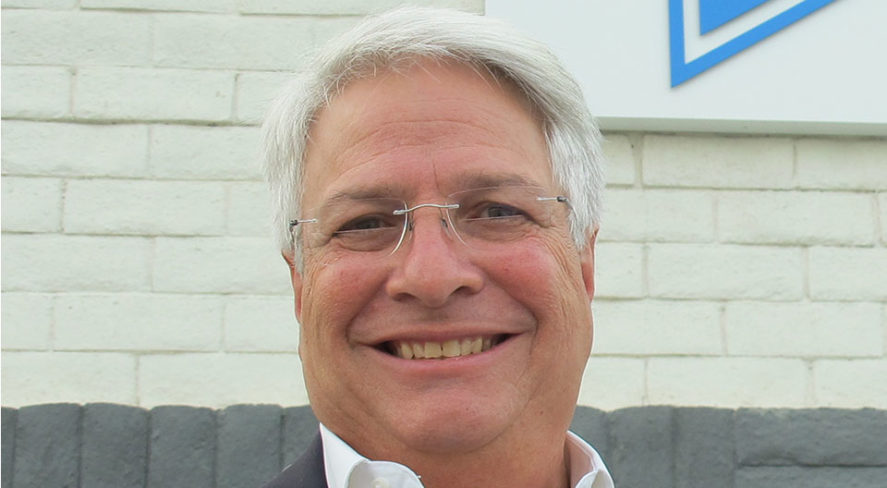Audio for Alarm Verification

Police departments across the nation have become overwhelmed by false alarms triggered by malfunctioning security systems. According to city statistics, of the 62,500 alarms the Memphis Police Department responded to in 2016, 99.2 percent were deemed to be false, as reported by Security Sales & Integration. In the end, it amounted to $1.7 million and 63,952 hours wasted. Often, law enforcement agencies are allocated with tighter budgets and fewer resources, all while experiencing substantial numbers of calls.
Police are then are forced to prioritize calls they receive. This practice can mean longer response times for less urgent incidents. There is no denying that false alarms have become a major issue. So how does the industry go about creating more consistent and reliable alarms? A key step is implementing better verification, specifically audio verification, for threat detection. Audio also serves as a secondary source and technology to alert security personnel of high-risk scenarios, adding to the information that the primary visual sensors collect.
Problems arise when an alarm is triggered and an operator at a monitoring station dispatches authorities without authenticating the alert. When these alarms end up being false, as many are, they can be costly mistakes for customers. For example, a resident of Los Angeles must pay a fine of over $300 for their first false alarm and over $400 for their second, with prices rising in increments of $100 for every false alarm after that[.
But when audio is incorporated into an intrusion detection solution, the process plays out differently. Upon receipt of an alarm from an audio alarm system, the monitor can listen to live audio or a recording from the time of the alarm. With this additional information, the monitor can better determine what is happening at the event location and assess the threat level. The central station operator can make an informed decision as to whether additional video should be reviewed or the contacts called needed to verify the incident. The operator can also listen to audio and determine there is a real threat; they should notify that public safety answering point for immediate dispatch.
Sound is often the first sense to alert us when something is amiss. By allowing monitoring center operators to listen to live or recorded, audio clips from the scene, we can safely verify security alarms, and authorities are not dispatched by mistake. Another benefit comes in the form of escalation. If an alarm is verified, operators can quickly alert local police and give them a better overview of the situation before they even arrive. Not only does this allow police to better organize and prioritize their calls; it also helps them to be better equipped for the given any alarm situation.
One group of security professionals and law enforcement agencies who endorse the implementation of audio alarm verification is the Partnership for Priority Verified Alarm Response. The organization provides an entire guide on best practices for audio verified alarms.
Adding audio alarm verification to new or existing security systems is a must for integrators. Not only will this result in greater peace of mind and happier customers, but it will also help law enforcement be more effective.
The views and opinions expressed in guest posts and/or profiles are those of the authors or sources and do not necessarily reflect the official policy or position of the Security Industry Association (SIA).
